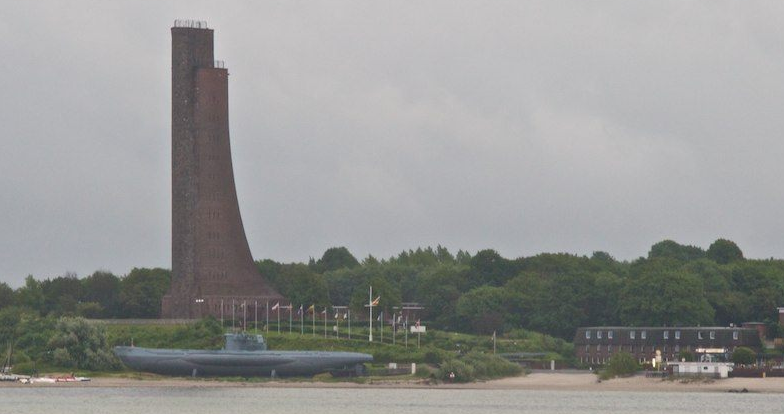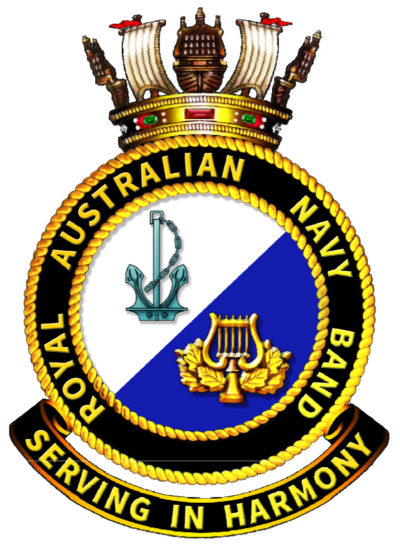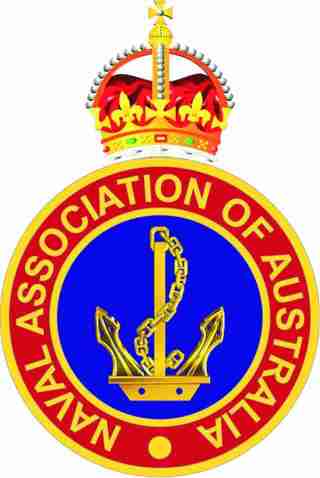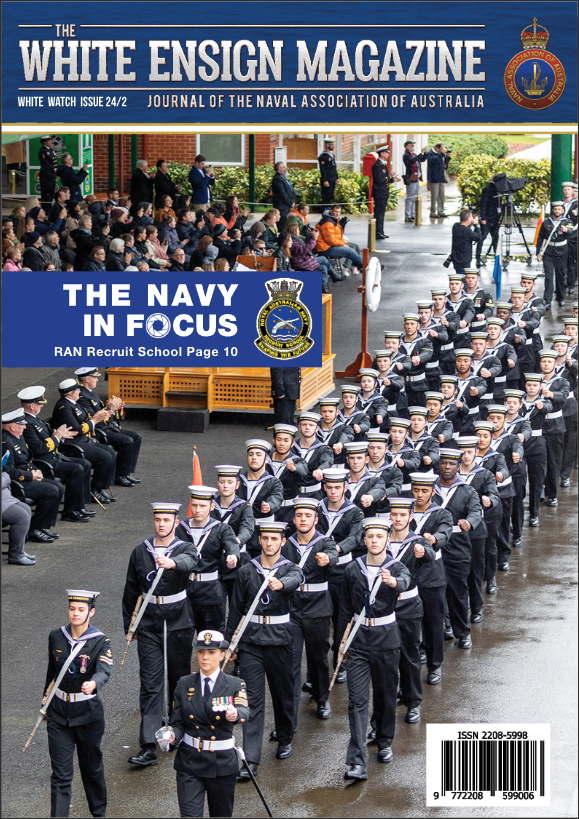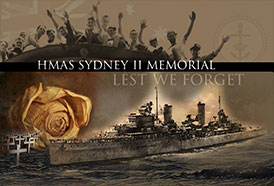Archived Articles
Subscription test
![]()
| HMAS SYDNEY 2 and HSK KORMORAN | |
| OSBORNE HOUSE - Temporary RAN Naval College | |
| The NAA's own March - Once Navy, Always Navy | |
| The Commissioning of HMAS STALWART (III) | |
| HMAS MURCHISON - Fifty years on |
![]()
Commemoration Ceremony for
HMAS SYDNEY 2 and HSK KORMORAN
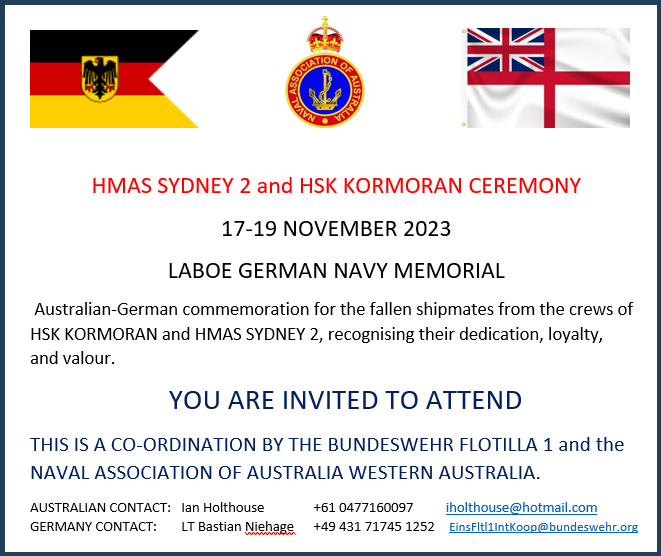 |
|||||||
|---|---|---|---|---|---|---|---|
|
Hello Everyone, A Commemoration Ceremony for HMAS SYDNEY 2 and HSK KORMORAN will be held at the Laboe Navy Memorial in Germany on the 17-19 NOVEMBER 2023. Laboe is a village just 19 Kms north of Kiel, 23 minutes by bus. |
|||||||
|
|
|||||||
|
The Laboe Naval Memorial Naval Memorial is a sweeping brick monolith that is dedicated to those fallen in the battles of World War I and II, but also on the grounds is one of only four remaining U-boats in the world which Germany bought back for the sweet price of a single Deutsche Mark. The tall brick tower at the site was actually built in 1936 to remember those lost in WWI. The tall, curved structure was not designed to resemble any single form or item, but was instead meant to simply inspire positive feelings in all those who gaze upon it. After WWII the scope of the monument’s remembrance was expanded to include German soldiers who perished in the fighting, but later on the memorial was simply christened to be devoted to all who died in all the World Wars. My travel arrangement have me flying Emirates Airlines, Perth to Hamburg, from Hamburg airport by bus to Kiel (1.45 hrs), then again by bus to Laboe. Laboe is a seaside village with plenty of accommodation and I have booked into Hotel Seeterrassen, booked direct in motel room. Apartments are also available if you prefere. The Dress of the Day will be smart casual dress for the Ceremony and medals are to be worn at all other occasions. All Veterans and non-Veterans are welcome. Regards |
|||||||
For further information please contact:
Australia:
Mr Ian Holthouse +61 477 160 097 iholthouse@hotmail.com
Germany:
LT Bastian Niehage +49 431 71745 1252 EinsFltl1IntKoop@bundeswehr.org
![]()
OSBORNE HOUSE - January 2022 Update
GEELONG VICTORIA
FIRST( BUT )TEMPORARY RAN NAVAL COLLEGE
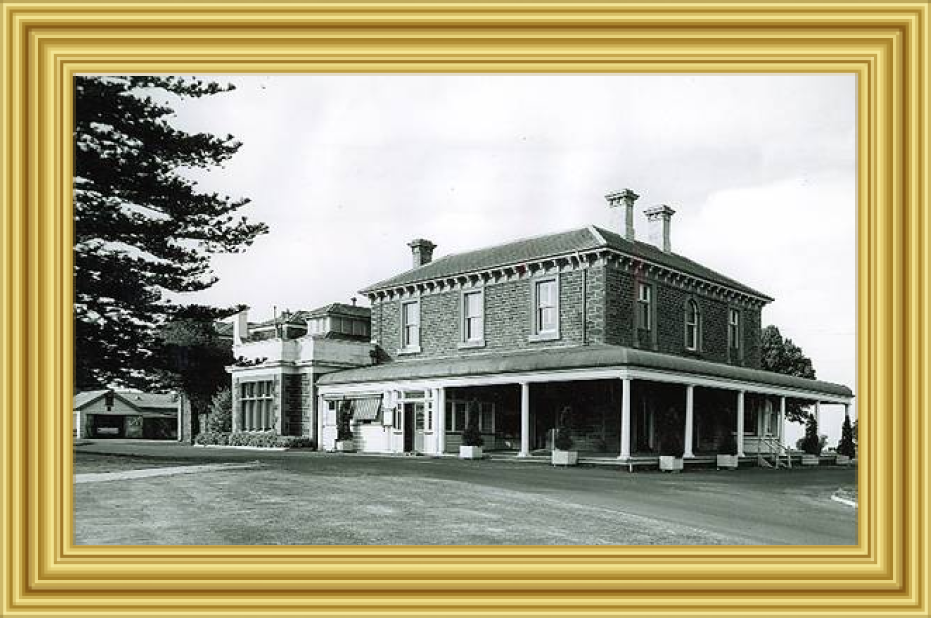
51 Swinburne Street,,
North Geelong, VICTORIA
The ex-Naval community in Victoria, including the Naval Association of Australia (Victoria), the Naval Historical Society (Victoria), the Navy League (Victoria) and the Naval Commemorative Committee of Victoria have been engaging with the City of Greater Geelong (CoGG) in relation the proposed development of the Osborne House and St Helens precinct. The CoGG called for Expressions of Interest (EOI) for developers to redevelop the site while preserving the many community benefits and history of the area in 2021. In support of the development intent the CoGG requested community input detailing the heritage and community significance of the Osborne precinct. The Royal Australian Navy developed a short video for potential developers to convey the significant role Osborne House played in shaping the newly formed RAN in the early twentieth century. The video will also be of interest to those who want to know more about Osborne House or have driven past the house on the northern shores of Corio Bay in Geelong.
Helen Ward
Commander, RAN
Manager, Museum of Cerberus
Naval Heritage Collection
HMAS Cerberus
January 2022
This brief video provides an overview of the history of the First, but Temporary, home of the RAN Officers Training College.
The building is located on the shore of Corio Bay, in Geelong, Victoria. The Royal Australian Naval College (RANC) opened in March 1913 at a temporary site at Osborne House in Geelong. A permanent site had already been selected at an isolated spot in Jervis Bay on the south coast of New South Wales , and the RANC moved there in 1915. The video is narrated by the Senior Naval Officer Victoria - Commodore Greg Yorke CSC RAN. He explains the history of Osborne House and the hopes of the RAN and the wider naval community regarding its on-going preservation and use.
Russell Pettis
Editor, White Ensign Magazine
December 2021
The NAA's own Quick March
Defence News Article
Naval Association gets it's own Quick March
Once Navy, Always Navy.
|
|
|
Throughout 2020/21, the Royal Australian Navy Band has engaged with the Naval Association of Australia (NAA) in a variety of events in celebration of its centenary year. The centenary year comes to a close on 19 November 2021.
| A significant part of this engagement has been the composition of the march Once Navy, Always Navy by Chief Petty Officer Musician Martyn Hancock, CSM. The quick march is commissioned by DMUS – N specifically to mark the NAA centenary and is written for military marching band. It draws from sources including previous compositions, orchestral film music, and nautical melodies and forms a piece of legacy that makes up our Australian Navy history. | 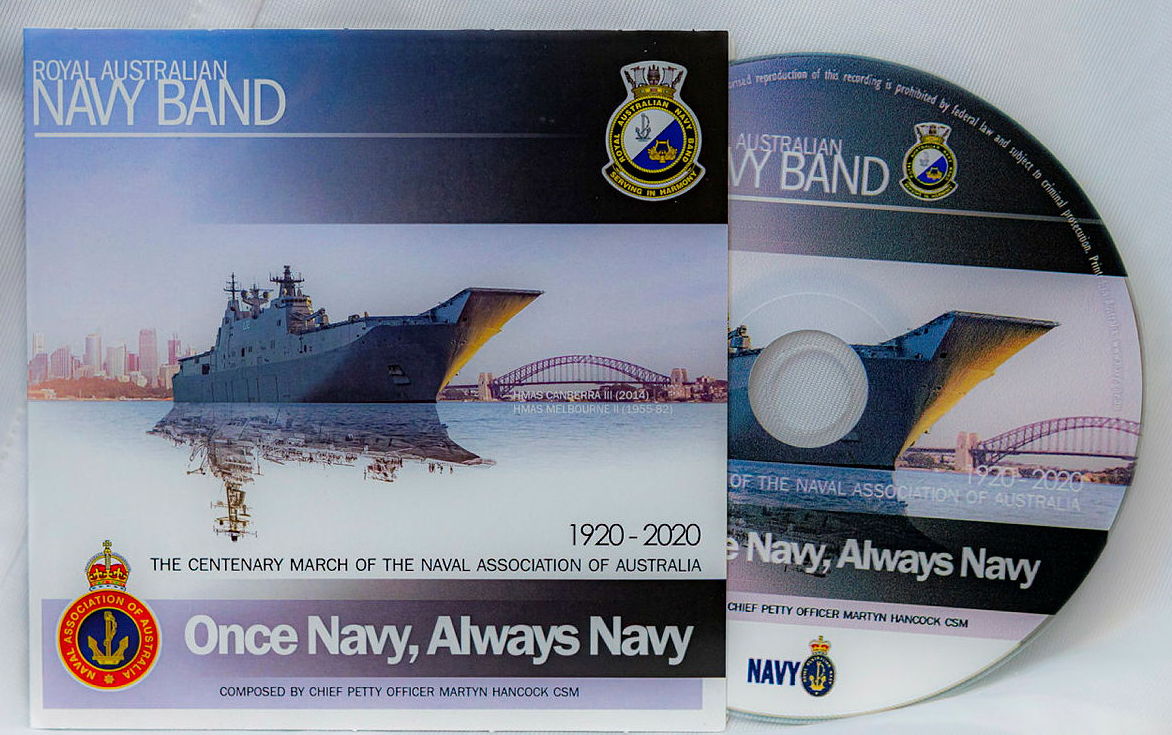 |
The Commissioning of HMAS Stalwart (III)
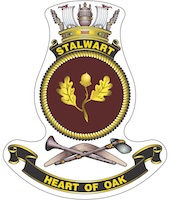 |
Saturday 13 November 2021 at HMAS Stirling, WA.
HMAS Stalwart (III) is the second and final Supply Class Auxiliary Oiler Replenishment (AOR) ship currently being built for the Royal Australian Navy by Spanish shipbuilder, Navantia. The Australian Supply Class ships are based on the Spanish Navy's Cantabria Class design.
The ships are intended to carry fuel, dry cargo, water, food, ammunition, equipment and spare parts to provide operational support for the deployed naval or combat forces operating far from the port on the high seas for longer periods.
In addition to replenishment, the vessels can be used to combat against environmental pollution at sea, provide logistics support for the armed forces, and to support humanitarian and disaster relief (HADR) operations following a natural disaster.
HMAS Stalwart (III) was laid down on 25 November 2018 at the Navantia Shipyards in Ferrol, Spain. HMAS Stalwart Stalwart is the third Royal Australian Navy ship to bear the name after the S Class destroyer, HMAS Stalwart (I) and the single class destroyer tender, HMAS Stalwart (II).
HMAS Stalwart was launched on 30 August 2019, and is planned to enter service with the Royal Australian Navy fleet in on 13 November 2021.

FIFTY YEARS ON
HMAS MURCHISON AND THE
HAN RIVER ENGAGEMENT,
28th SEPTEMBER 1951.
THE KOREAN WAR
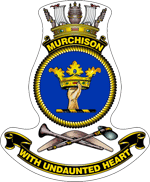
HMAS MURCHISON was constructed in Australia as part of Australia's shipbuilding program during WW2. She was a modified River (Bay) Class Frigate. She was built at the Evans Deakin Shipyard in Brisbane and was commissioned on 17 December 1945.
After service in the South Pacific after WW2, Murchison proceeded to Japan for service in the Korean War in May 1951.
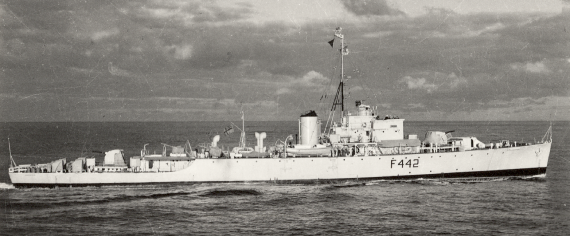
Operations began shortly after her arrival in Korean waters On 17 September 1951, Murchison began her fourth Han River patrol including the approaches to Chinnampo. On 28 September , she embarked the Commander Task Force 95 for a tour of the Han River estuary. At about 1600, the frigate was under way along the north bank of the Han River , when unsuspected batteries of 75mm guns and 50mm mortars opened fire. Murchison responded with her 4 inch guns and rapid short range fire, scoring direct hits on the 75mm emplacements, silencing all opposition.
Two days later she returned to the scene of the engagement. The enemy, apparently expecting her return, had in the meantime strengthened their artillery. A second gun duel ensured, fought at such short range that Murchison's gunners were firing over open sights at a rate of 20 shells per minute. Bolstered by increased armament, the Communist forces maintained heavy concentrated fire and as the frigate endeavoured to manoeuvre in the fast tidal rived channel, succeeded in holing the ship at several points above the waterline.
Murchison's repeated hits took their toll on the enemy guns, reducing them to desultory fire, before the frigate withdrew to await reinforcement. Later joined by other ships of the patrol group, she returned and with combined 4 inch shelling ended all opposition. Ammunition expended in the engagement totalled 276 rounds 4-inch and 500 rounds of 40 mm Bofors. Murchison returned to the area with HMNZS Rotoli on 1 October 1951 to conduct a series of bombardments of enemy north bank positions,with significant air strikes from USS Rendova. This completed the action of September 1951.
(Notes from the RAN Website – RAN Ships and Craft)


